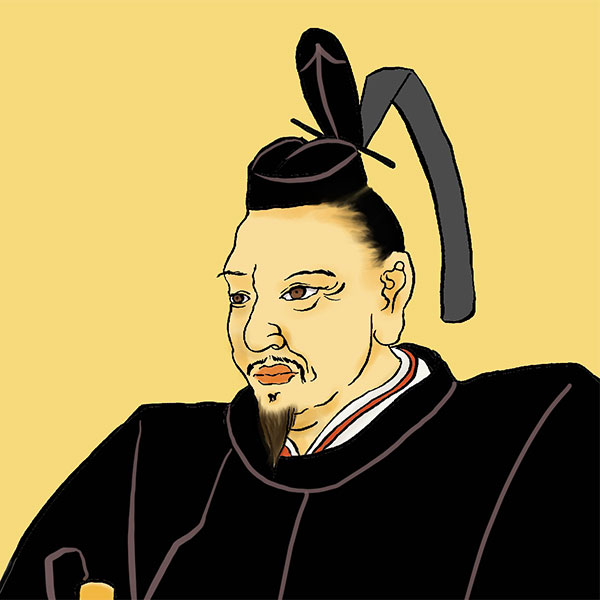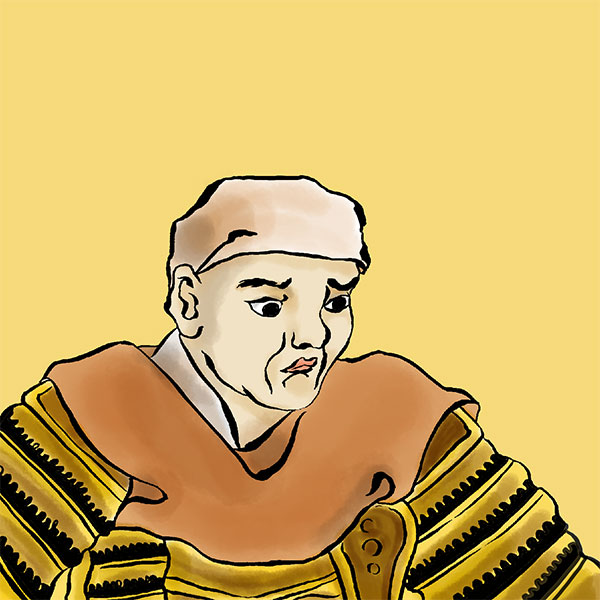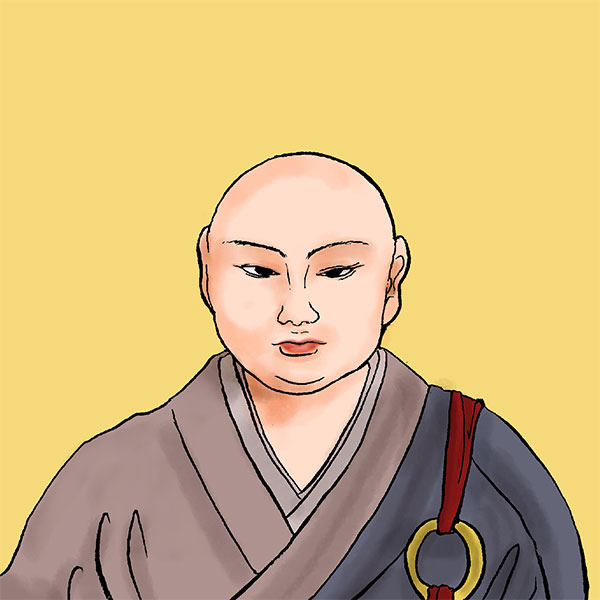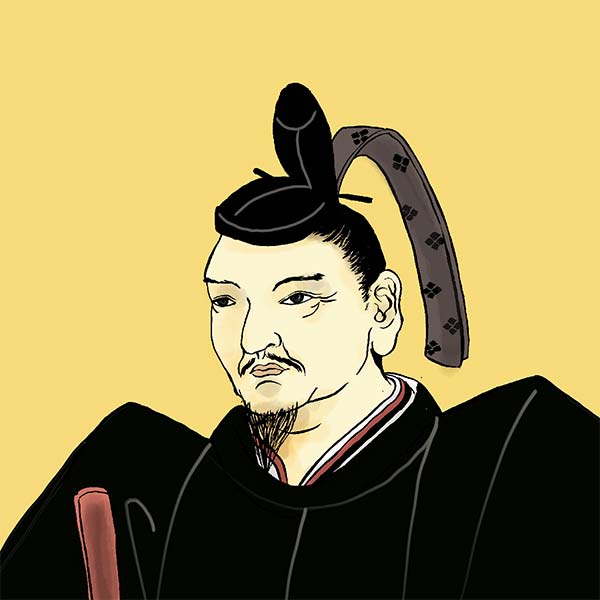Onin War (2/2)The 11-year civil war that triggered the Sengoku period
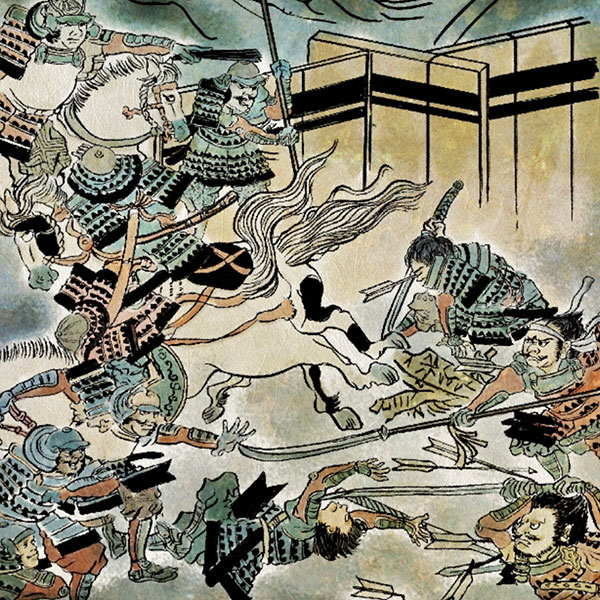
Onin War
- Article category
- case file
- Incident name
- Onin War (1467-1477)
- place
- Kyoto
- Related castles

Nijo Castle
- people involved
Speaking of Yoshimasa Ashikaga, he initially ordered the two armies to make peace, but in the end he succumbed to Katsumoto and in June showed support for the Eastern Army. The eastern army, which was given a military flag by the shogun and approved as a government army, overwhelmed the western army, which had become a rebel army led by the commander-in-chief, Yoshimi Ashikaga. Additionally, Yoshimasa recalled Sadachika Ise, who had been exiled, and reinstated him.
The Western Army was in a weak position, but Masahiro Ouchi, a shugo daimyo who ruled over a wide area of seven countries, including the Chugoku region and parts of Kitakyushu, joined the Western Army. Masahiro went to Kyoto with an army of 10,000 and a fleet of 2,000 ships. As a result, the Western Army regained its momentum.
On October 3rd, the ``Battle of Shokokuji Temple'', which is said to have been the fiercest battle of the Onin War, took place. The Western army attacked the Eastern army, focusing on Hana no Gosho, Shokokuji Temple, and Dairi, and Shokokuji Temple was burned to the ground. Although the Western army occupied Shokoku-ji Temple, they were unable to attack the Eastern army, causing many casualties on both sides, and the battle ended without a settlement. After this battle, neither the Western nor the Eastern armies engaged in major battles in Kyoto, instead focusing on small conflicts.
Onin War ③ Yoshimi Ashikaga turned over
While the Western army was in the ascendancy, there was a person who showed movement. That person was Yoshimi Ashikaga, the commander-in-chief of the Eastern Army. In August, just as Masahiro Ouchi was about to join the Western Army, he managed to escape to Ise (Mie Prefecture). This was because he was wary of Yoshimasa Ashikaga's decision to reinstate Sadachika Ise, but Yoshimasa was disappointed by this action. Gradually, he began to think that Yoshihisa should be his successor.
The following year, in September 1468, Yoshimi returned to Kyoto after Yoshimasa's persuasion, but Sadachika, who was wary of him, returned to political affairs. Yoshimasa is leaning towards Yoshinao, and Katsumoto Hosokawa also encourages Yoshimasa to become a monk. For this reason, Yoshimi fled the Eastern Army again, went through Mt. Hiei, and joined the Western Army in November of the same year. After that, the Western Army placed Yoshimi at the top as the "new general" and began building a political system. As a result, the eastern army was in the shogunate of Yoshimasa Ashikaga, and the western army was in the new shogunate, which belonged to two people fighting for succession.
Meanwhile, due to repeated battles, the city of Kyoto was reduced to a state of ruin, and the benefits of fighting for leadership in Kyoto diminished. Furthermore, the front line spread to various regions, and the security situation in Kyoto deteriorated further as the shugo daimyos returned to protect their own territories. As a result, the battle in Kyoto gradually calmed down. There were movements such as Takakage Asakura, who was active in the Western army, betrayed his master Asakura clan and defected to the Eastern army (said to be the first imperial rebellion), and the Western army plotted to install a new emperor. However, both the Eastern and Western armies began to feel that they were tired of fighting.
Onin War ④ Sozen Yamana, Katsumoto Hosokawa, and Yoshimasa Ashikaga all retire
In the 4th year of Bunmei (1472), the Onin War was quickly becoming a stalemate, but peace negotiations began around this time. Furthermore, Katsumoto Hosokawa and Sozen Yamana, the de facto leaders of each army, retired together. Katsumoto shaved his head after supporting his son Soumeimaru (later Masamoto Hosokawa). On the other hand, after Sozen attempted suicide in May, he handed over the headship of the family to his grandson Masatoyo Yamana and retired. The suicide attempt is thought to have been an expression of his desire to end the war. In addition, Sozen Yamana passed away in March of the following year, 1473, and Katsumoto Hosokawa passed away in May.
In 1474, Yoshimasa Ashikaga announced his retirement. He chose Yoshihisa as his undecided successor and handed over the post of shogun. As the new government began to take shape under the ninth shogun, peace was finally concluded between Masamoto Hosokawa and Masatoyo Yamana.
Just when you thought this was the end of the Onin War, Yoshinari Hatakeyama and Masahiro Ouchi insisted on continuing the war. The reason for Yoshinari's decision is that he has not been able to reach an agreement with Masanaga Hatakeyama. However, there was no point in continuing to stay in the devastated Kyoto, so he left Kyoto to take back Kawachi Province (southern Osaka) from Masanaga. The dispute over the Hatakeyama family continued after that, and ended with the Yamashiro Province Uprising in 1485.
On the other hand, Masahiro Ouchi is competing with the Hosokawa family in the Japan-Morning trade, and wants to crush the Hosokawa family to make a profit. Furthermore, since he had led an army of tens of thousands of people to Tokyo, he could not return home without reaping any benefits. For this reason, he invited Yoshimi Ashikaga to his home and continued fighting, but in December 1476, Yoshimi and Yoshimasa made peace, and the conflict between the shoguns ended. Masahiro, who was left behind, returned to Japan satisfied that his territory was relieved through the mediation of Tomiko Hino and that he was given a high official rank by the Imperial Court. The Western Army was thus disbanded, and the Onin War came to an end.
Did the Sengoku period start with the Onin War?
The Onin War is well known as the start of the Sengoku period. In the past, it was believed that the Onin War led to the decline of the shogunate and the arrival of the Warring States Period, but in recent years the prevailing view is that the shogunate once recovered after the Onin War. In fact, the 9th shogun, Yoshinao Ashikaga, ran the shogunate despite being in conflict with Yoshimasa Ashikaga, who was reluctant to hand over real power. In 1487, he went to war with a large army of 20,000 to subjugate Rokkaku Takayori in Omi Province.
However, Yoshinao died at the young age of 25 in 1489. Yoshitane, the son of Yoshitane Ashikaga, became the 10th shogun, but during Yoshitane's time, Masamoto Hosokawa staged a coup and installed Yoshitane's cousin Yoshizumi Ashikaga as the 11th shogun. The Sengoku period began with this incident in which a vassal overthrew his lord and installed someone at the top who would do whatever he wanted.
Reread the article on the Onin War
- people involved

- WriterNaoko Kurimoto(Writer)I am a former travel industry magazine reporter. I have loved history, both Japanese and world history, since I was a child. I usually enjoy visiting temples and shrines, especially shrines, and often do ``pilgrimages to sacred places'' themed around historical figures. My favorite military commander is Ishida Mitsunari, my favorite castle is Kumamoto Castle, and my favorite castle ruins is Hagi Castle. My heart flutters when I see the ruins of battle castles and the stone walls of castle ruins.


